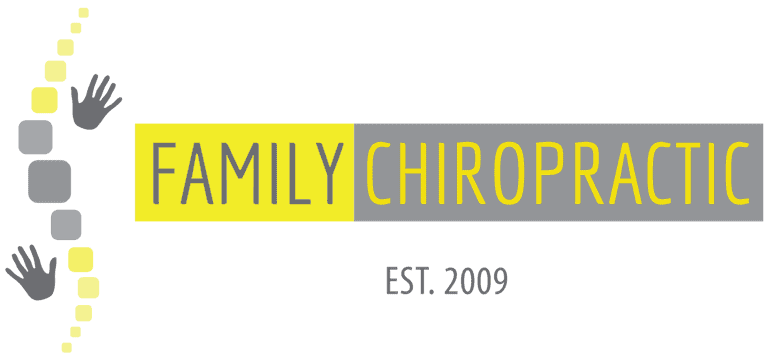What Causes Slipped Disc?
Slipped disc occurs when the outer ring of a vertebral disc becomes weak or torn and allows the inner portion to slip out. The disc has 3 layers. A thick outer layer (annulus), the inner soft gel-like center (nucleus) and the end plates that anchors the disc to the adjacent vertebral bone. The intervertebral discs act as cushions in between vertebrae throughout the whole spine.
When the disc gets injured or moves out of alignment, pressure builds up around the nerves eventually causing severe nerve impingement that will lead to pain and inflammation. At times there is associated numbness and tingling down the leg or arm.
The risk of slipped disc increases with age due to the degeneration of the protective water content within the discs and the repetitive stress we exert on our postures on a daily basis.
There are many causes of Slipped disc injuries: being overweight, having a sedentary lifestyle, lifting heavy objects with poor form, forward head carriage from being desk bound.
Apart from that, weak back muscles due to past injuries and poor core stability could also be a contributing factor to slipped disc injury.
Symptoms of Slipped Disc
Symptoms of slipped disc vary depending on the severity of the condition you may have and these can include:

Neck Pain
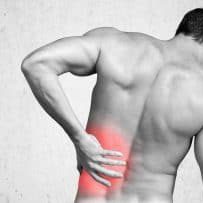
Lower Back Pain
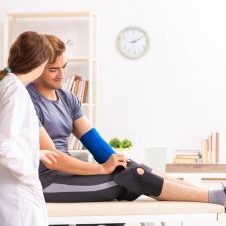
Numbess and Tingling

Shoulder Pain
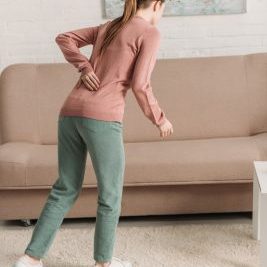
Pain Wheen Sneezing
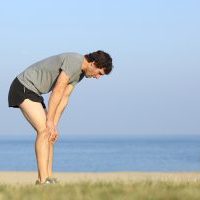
Sharp Shooting Pain
How can Chiropractic help with Slipped Disc?
Diagnose the right condition for a personalised treatment
As scary as ‘slipped disc’ sounds, many people have gotten better with physical treatment and did not require any surgery. That said, we will first need to assess the cause and severity of your slipped disc before advising what type of treatment therapy one will need.
During the consultation, we will perform a thorough physical examination, past medical history and any recent X-ray or MRI results.
Determining the cause of the slipped disc and pain is essential in recommending the right chiropractic care, therapy and rehabilitation method. The slipped disc treatment will be customised to your condition and these options can include:

Myofascial Therapy
Relaxes contracted muscles and releases the fascia that covers the muscle.
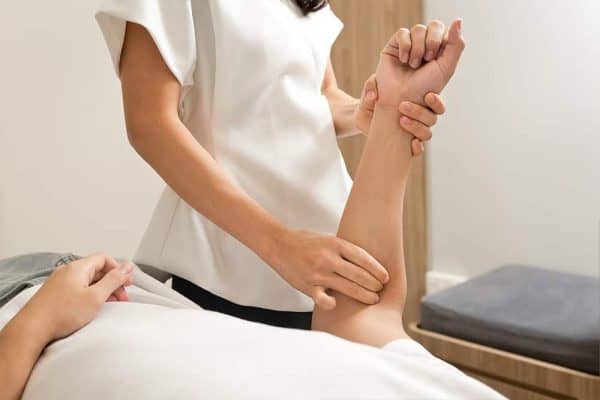
Active Release Therapy
Usually applied for patients with chronic pain issues to treat the soft injury tissue by breaking the adhesions in muscles.

Chiropractic Adjustments
To improve spinal function and alleviate the stress on your system.
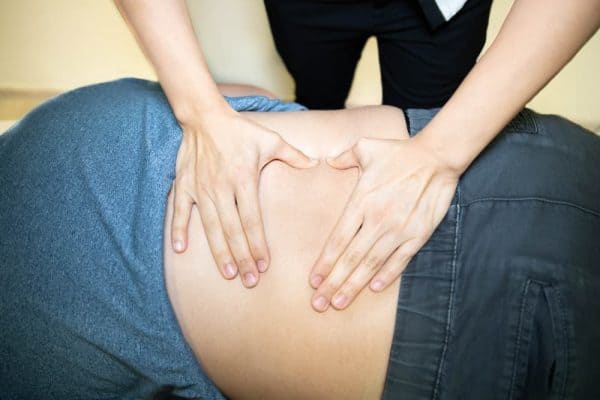
Trigger Point Therapy
Using an isolated finger pressure to “deactivate” the trigger points and alleviate the pain.
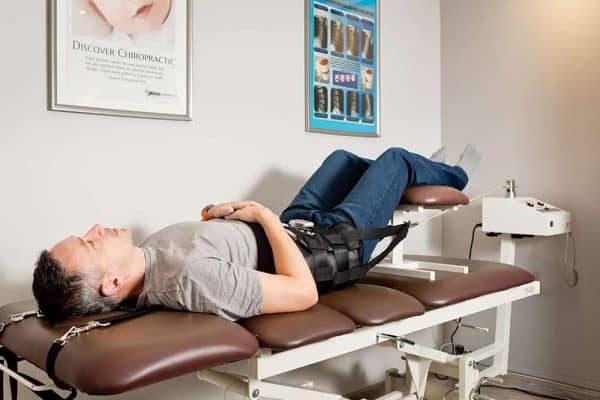
Traction Therapy
Force is exerted either manually or mechanically on muscles and joints to gently pull apart the vertebrae slightly so as to relieve muscle spams and back pains.
Providing chiropractic care as your long-term healthcare partner

Whole-Body Treatment Approach
Our chiropractors adopt a whole-body treatment approach to evaluate your pain areas as a whole because other regions of the neck (cervical), mid back (thoracic) and low back (lumbar) may be affected as well. We aim to treat the “whole person,” not just to treat your specific symptoms.

Advice on Posture, Exercises, Diet and Nutrition
In order to treat the root of chronic pains that are recurring over time, our chiropractors seek to understand your lifestyle and work demands so as to provide personalised patient-centric care and advice over a longer time horizon as your healthcare partner.
